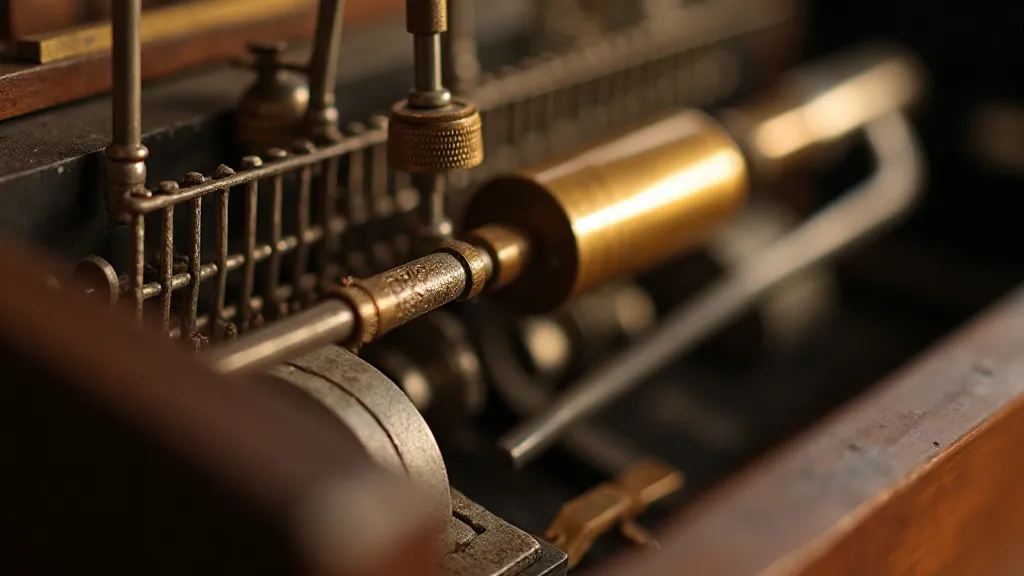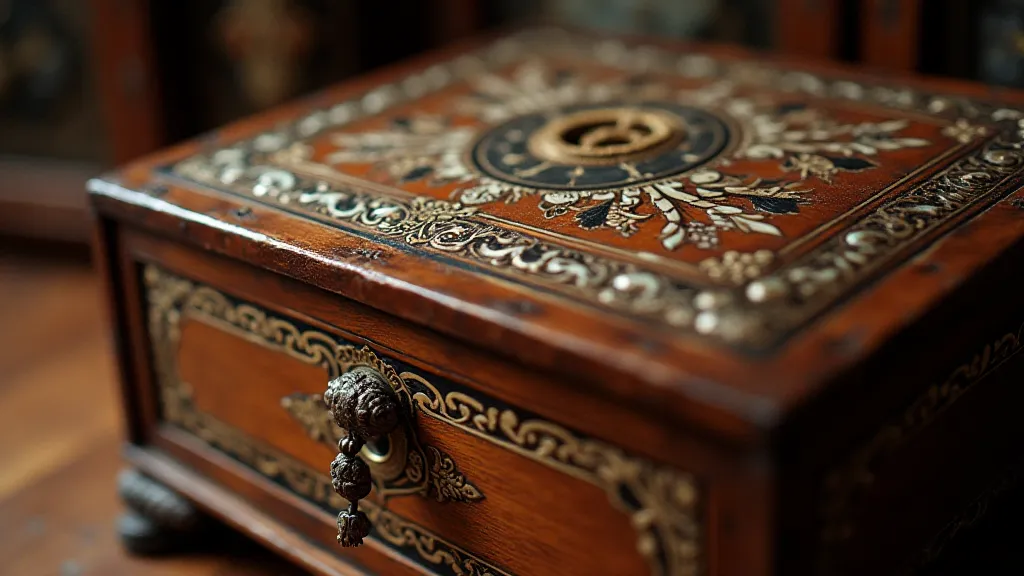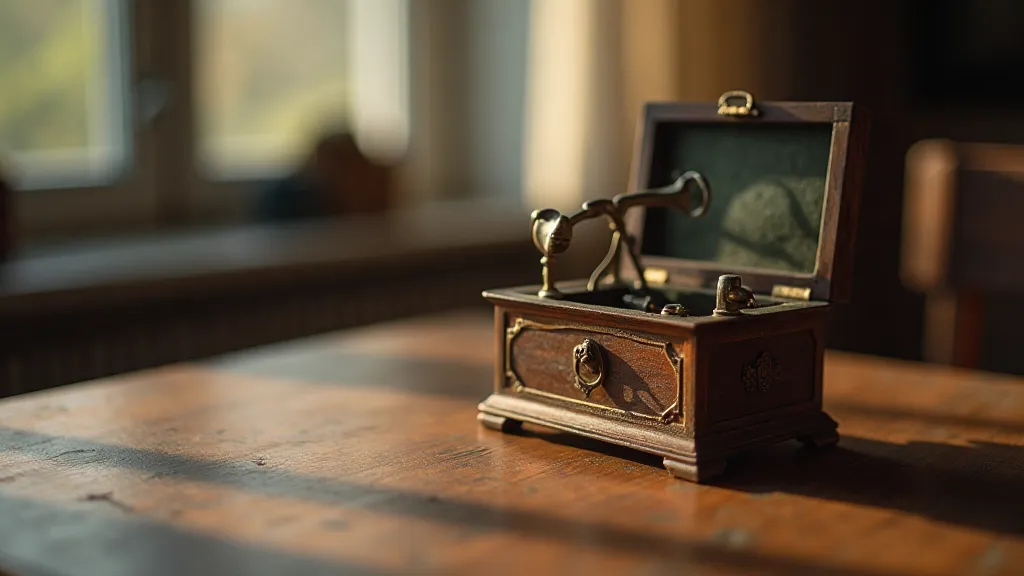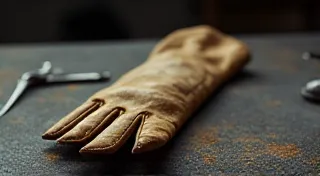Beyond the Melody: The Alchemy of Sound – Material Science in Antique Music Boxes
There's a magic to antique music boxes, isn's there? More than just a pleasant tune, they hold a whisper of a bygone era. A time when craftsmanship wasn't a commodity, but a calling; when beauty was valued not just for its visual appeal, but for the exquisite sounds it produced. My grandfather, a quiet man of meticulous habits, had one. A small cylinder box, inlaid with mother-of-pearl. I remember being mesmerized as a child, the delicate tinkling notes transporting me to a world of storybook castles and waltzing princesses. It wasn’t just the music; it was the tangible sense of history, of someone else's joy resonating across the decades. And much of that resonance, that emotional depth, is intrinsically linked to the materials used to create them.
While the composer's work is vital, and the mechanism's ingenuity remarkable, the materials are the unsung heroes of the antique music box. They influence the timbre, the duration of the sound, and ultimately, the longevity of these treasured objects. To truly appreciate an antique music box, it's essential to understand the alchemy – the careful combination of metal, wood, and sometimes, even ivory – that brought them into being.

The Heart of Steel: Cylinders and Combs
The core of a cylinder music box is, unsurprisingly, the cylinder itself. Initially, these were almost exclusively crafted from steel. The purity of the steel, though, made a significant difference. Early cylinders often suffered from corrosion and brittleness, resulting in a muffled, dull sound and a relatively short lifespan. Later, higher quality steels – often referred to as 'tool steel' – were employed, providing greater durability and a brighter, more resonant tone. The precision of the pin placement on the cylinder is critical. These tiny steel pins, painstakingly positioned to strike the teeth of the comb, dictate the pitch and timing of each note. Any imperfections, even microscopic ones, can result in sour notes or a choppy sound.
Speaking of the comb, this is where the real magic happens when it comes to sonic character. Almost universally made of steel, the comb's dimensions, thickness, and the precise shaping of its teeth all contribute to the overall sound. A thicker comb generally produces a richer, fuller tone, while a thinner comb tends to be brighter and more delicate. Skilled music box makers would even subtly alter the shape of individual teeth to fine-tune the musicality, compensating for any slight imperfections in the cylinder.
The Wooden Embrace: Cases and Structure
The external case of an antique music box is far more than just a decorative shell. It's a vital component influencing the music box's acoustics. Early music boxes frequently featured cases constructed from relatively inexpensive woods like pine or fir. These offered structural integrity but lacked the acoustic properties to truly enhance the sound. As the craft evolved, more desirable woods, such as mahogany, rosewood, and walnut, became common. These hardwoods not only possessed a richer beauty but also offered a more resonant and controlled acoustic environment.
The thickness and internal construction of the case were also carefully considered. A well-made case would have a certain ‘density’—it felt solid and substantial—and would be designed to minimize vibrations that could muddy the sound. Sometimes, thin layers of felt were used to dampen unwanted resonances and focus the sound. The choice of wood, again, was driven by a desire to not just make a pleasing object, but to make one that *sang*.
The Elegance of Ivory & The Introduction of New Materials
While steel and wood formed the backbone of antique music box construction, ivory frequently made appearances, primarily for decorative elements such as key covers, inlays, and sometimes even the entire casing. The creamy smoothness and subtle translucence of ivory offered a luxurious aesthetic appeal. However, its use, obviously, raises ethical considerations today. The use of ivory in antique music boxes is a complex topic, often intertwined with the history of trade and exploitation.
As the 19th century progressed, new materials began to emerge. While steel and wood remained dominant, the occasional experiment with brass for decorative accents, or even early forms of vulcanized rubber for dampening, demonstrated a willingness to innovate. The introduction of new plating techniques also allowed for the creation of more ornate and decorative finishes.

Longevity & Restoration: Respecting the Materials
The materials used in antique music boxes dictate their longevity and the approaches necessary for restoration. Corrosion on the steel cylinder and comb is a common problem. Careful cleaning with specialized solutions can sometimes restore the sound, but aggressive methods can damage the delicate pins and teeth. Dry rot, a consequence of moisture and age, can affect wooden cases. Proper storage in a stable environment, away from extreme temperatures and humidity, is paramount.
When restoration is necessary, the guiding principle should always be conservation. Replacing original components should be a last resort, as it diminishes the historical integrity of the object. If repairs are unavoidable, using materials that are sympathetic to the original – for example, using hardwoods similar to the original wood, or employing non-destructive cleaning methods – is essential.
A Legacy of Craftsmanship & Sonic Beauty
Collecting antique music boxes isn't just about acquiring a charming object; it’s about connecting with a rich history of craftsmanship and sonic artistry. Understanding the materials – the steel, the wood, the occasional touch of ivory – provides a deeper appreciation for the skill and ingenuity of the artisans who created these treasures. It’s about recognizing that each music box tells a story, not just through its melody, but through the very essence of the materials that brought it to life. My grandfather’s little cylinder box may have stopped playing years ago, but the memory of its gentle music, and the knowledge of the careful choices made in its construction, continues to resonate – a testament to the enduring power of materials and the alchemy of sound.






